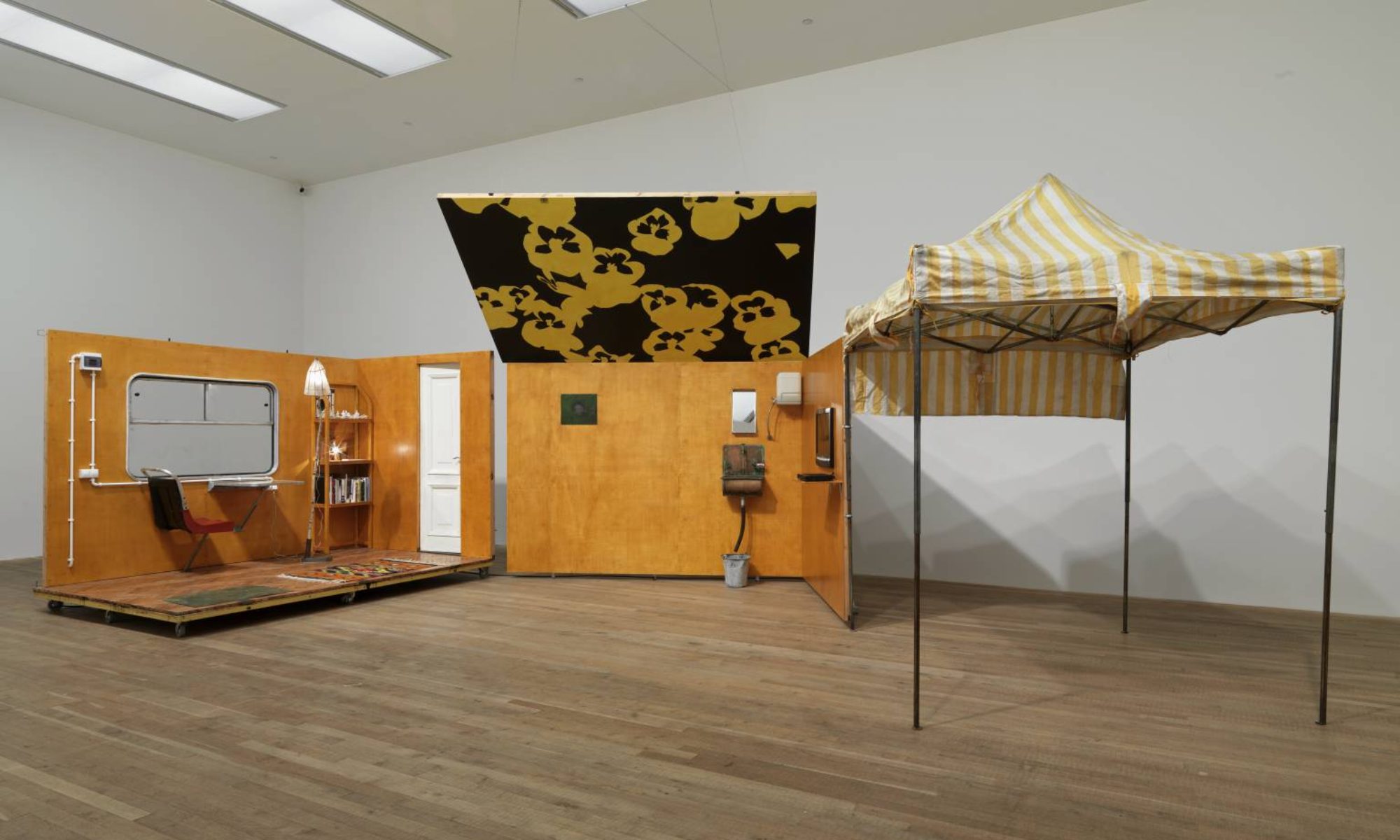Lately I’ve found myself thinking about structure. Structure implies order, that everything has a place to make up a whole. I like being structured. Having a structured schedule makes me feel productive and helps me figure out what I need to do and when I need to do it. Structure goes beyond schedules, to buildings. The structures of buildings are skeletal frames that somehow form a whole building. Sure, you can think of the straight beams like skyscrapers, or maybe the curves of the Sydney Opera House. Short or tall, structures make up the building. A lot of people forget about the structure beneath the facade making up the building. It’s a lot like poetry.
Meaning in poetry is often scoured and filleted from the poem itself, in the words making up the poem, but many people often overlook the structure of the poem. The structure itself can establish a feeling- chaotic, anxious, relaxed- and it determines the length of the poem. Structure can create order or chaos, though many times readers overlook how a poem is written, looking between the lines rather than at them.
Personally, I myself have not thought about structure until this year, and it’s incredibly fascinating to analyze how a poem is written rather than why. So, when writing, I’ve been trying to analyze structure a lot more than I used to. Filling space, creating holes, compacting and stretching; it’s all very fascinating. It also provides more leeway than paragraphed prose.
Cool.

Hi Alexa,
I think it’s interesting how you discuss the structure of buildings when talking about the structure of poetry. I remember how you mentioned that one of your sources for poetry is skylines. Have you considered constructing a poem so the words create a skyline? I think this would be so cool!
I also find myself paying close attention to form. I love using white space. I think this poem by e.e. cummings is a great example for using white space:
[in Just-]
By E. E. Cummings
in Just-
spring when the world is mud-
luscious the little
lame balloonman
whistles far and wee
and eddieandbill come
running from marbles and
piracies and it’s
spring
when the world is puddle-wonderful
the queer
old balloonman whistles
far and wee
and bettyandisbel come dancing
from hop-scotch and jump-rope and
it’s
spring
and
the
goat-footed
balloonMan whistles
far
and
wee.
The use of extra space (and sometimes lack of it) adds to the playful/upbeat tone of the poem. What else do you think white space is doing here?
-Ari